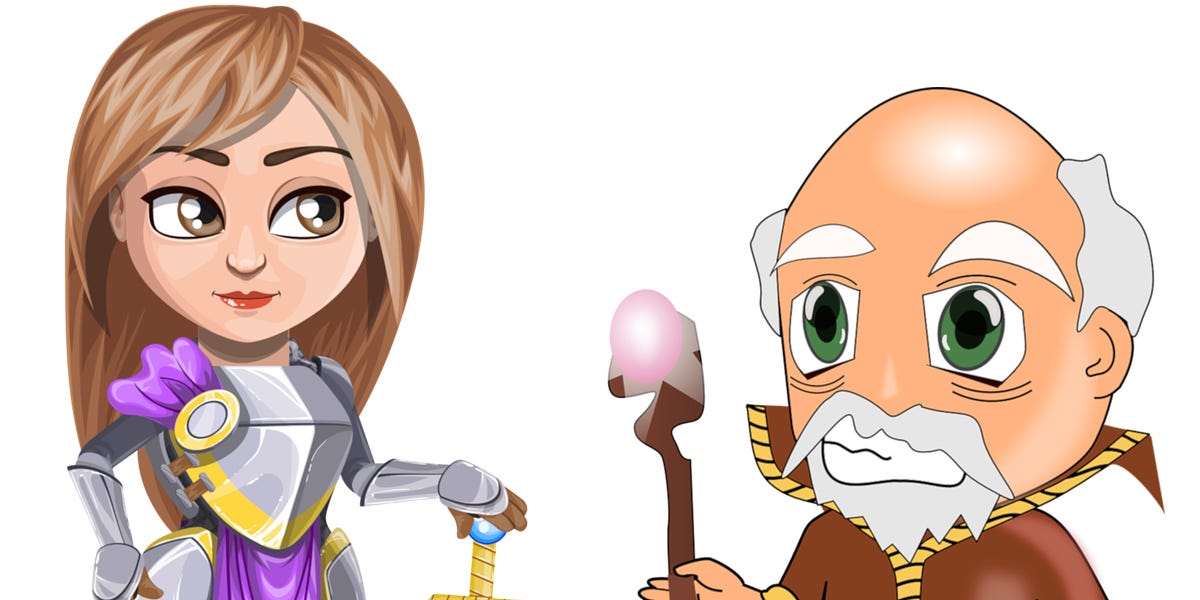While I grant some of your points here, I think this leaves out two key things that...don't actually sit so well with the "emulating sword and sorcery fiction" in the generic and instead look at very specific parts of it.
FIrst, high-level characters in general transition to a completely new paradigm of play. Domain management. And in domain management, Fighters get something no other character can really replicate. They, in effect, become feudal nobility. This is not seen in anywhere near all of sword and sorcery fiction, but it is seen in certain specific inspirational characters...like Conan the Barbarian (who, IIRC, crowns himself king) or John Carter of Barsoom (who becomes "Warlord of Mars.")
Clerics, Wizards, and Thieves also got domain stuff, but it was much more limited and certainly lower-power--Wizards in particular, who just get basically a safe place to rest up and prepare their spells from. That is an enormous part of how the Fighter archetype gets balanced with the Wizard archetype. They both grow to have immense power, but one is temporal and political, while the other is esoteric and spiritual.
Second, balance concerns still existed even in these olden days. There's a reason you had DMs frowning on the idea of "Monty Haul" campaigns even very early on; there has always been a concern about unearned power and characters being out of line. Many DMs contrived to remove that power in the past, which led to player resentment of tactics like "oh no, all your stuff got stolen while you slept!" or, worse, "you've been thrown in prison and all your stuff has been sold by the crown, now you have nothing but your skills and must start over!"
So, again, your point is valid that genre-specific archetype emulation was a prime focus of design in the past, and that D&D today has now moved to being more genre-neutral and thus changed its priorities. We just shouldn't ignore the things that both game-designers and, in certain cases, actual authors used specifically to create better power balance between the archetypes; and we shouldn't forget that balance concerns have existed for as long as there have been gamers playing games.


